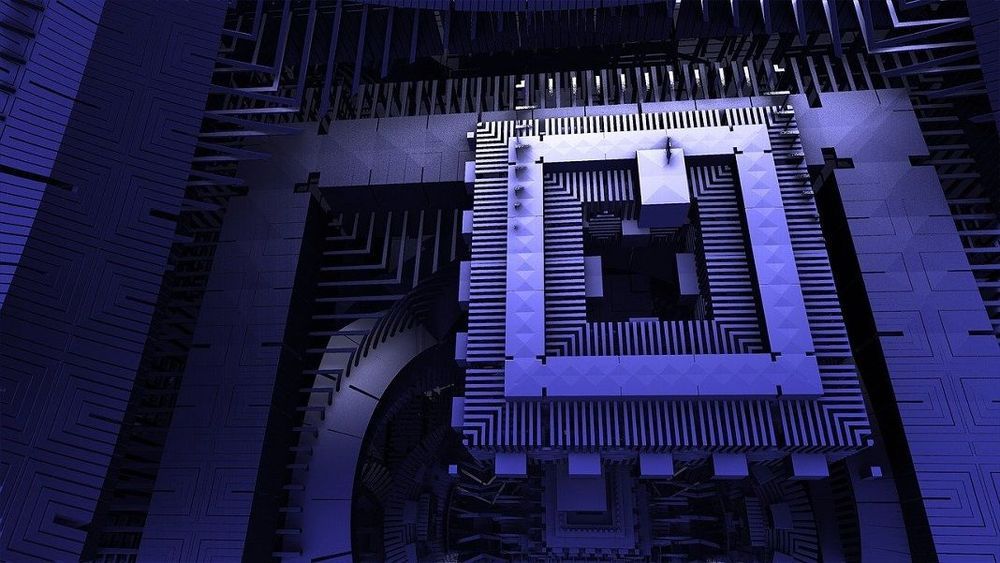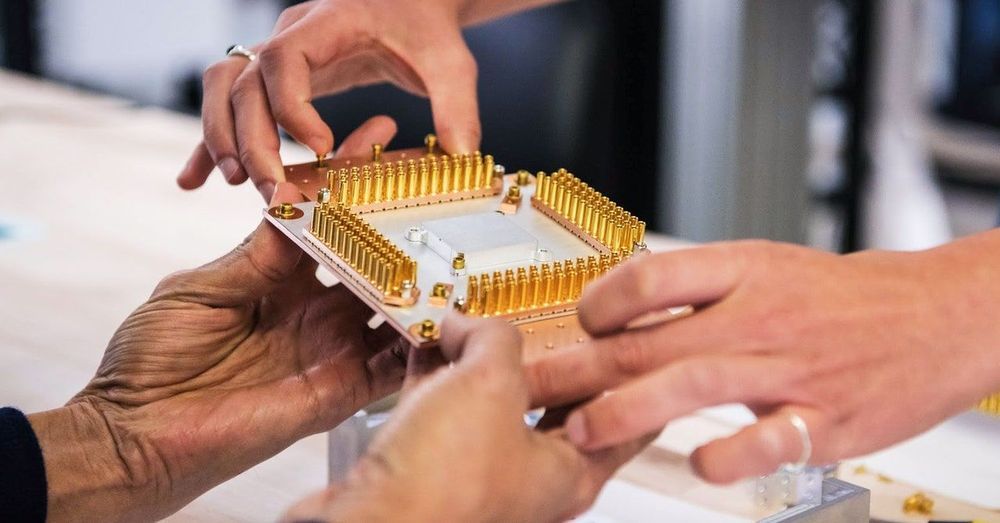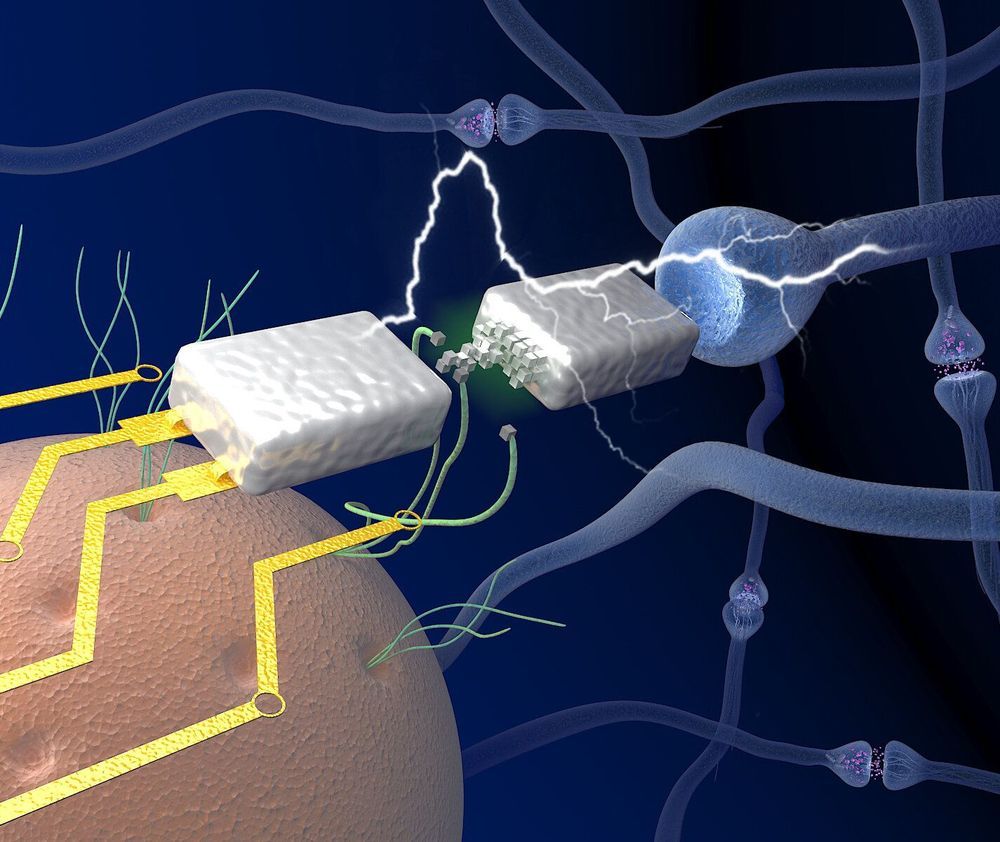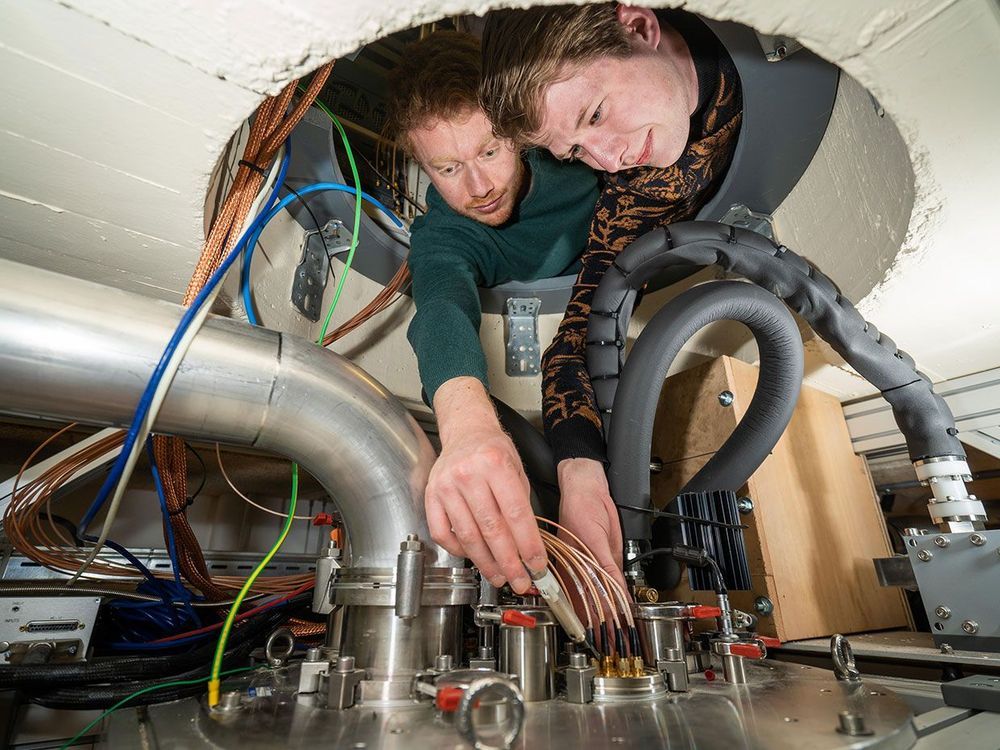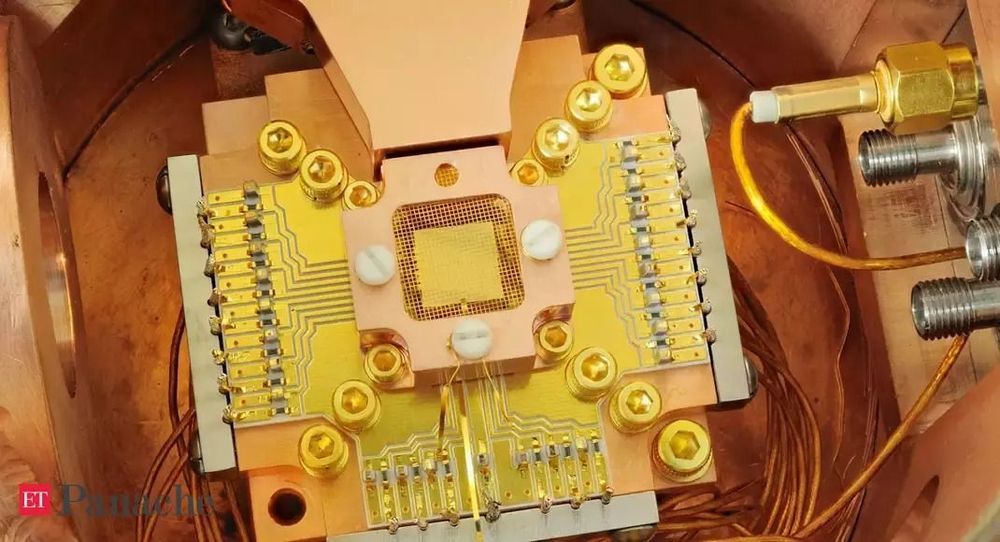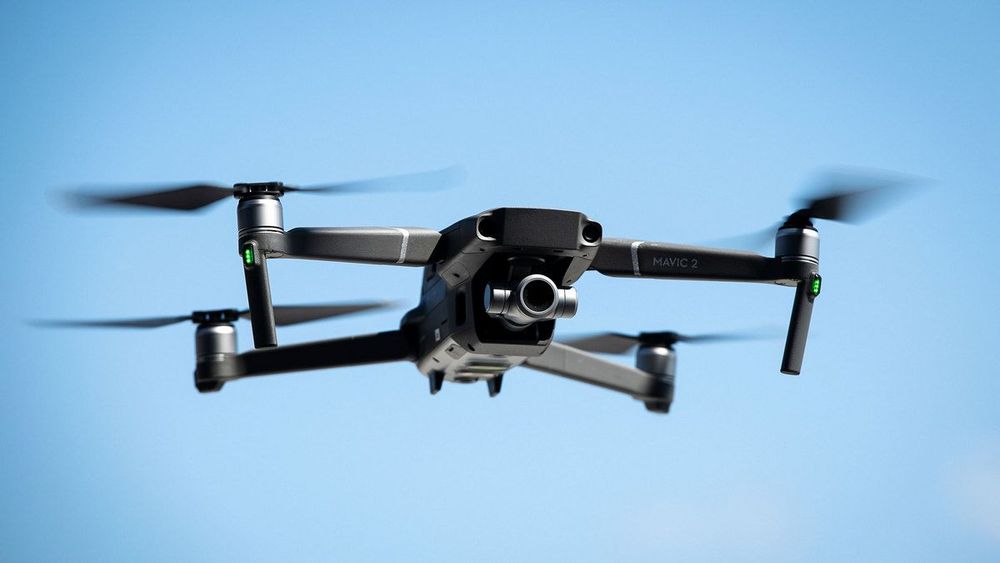When people say quantum computing is “hot” right now they are most definitely talking metaphorically; today’s leading devices have to operate at close to absolute zero. Now two research groups have demonstrated technology that run s 15 times hotter, which could be a big step towards making the devices affordable and practical.
The reason quantum computers have to be run at such low temperatures is that the quantum states they rely on are incredibly fragile, and the slightest disturbance can cause the information encoded in them to be lost. To prevent this these devices are chilled to near absolute zero, where vibrations and thermal fluctuation are almost non existent.
But reaching these temperature requires incredibly powerful refrigeration technology, and it can easily cost millions of dollars to keep even today’s experimental devices at operating temperatures.
